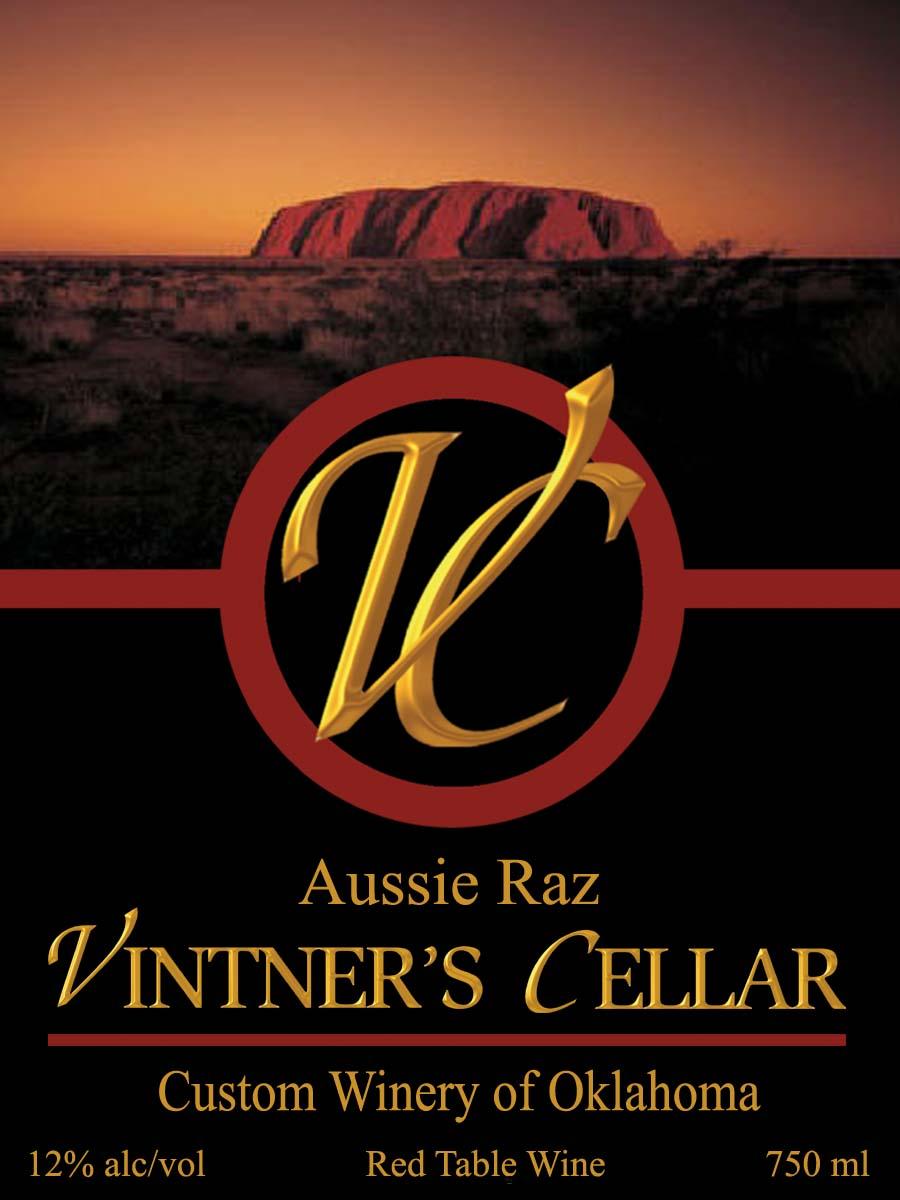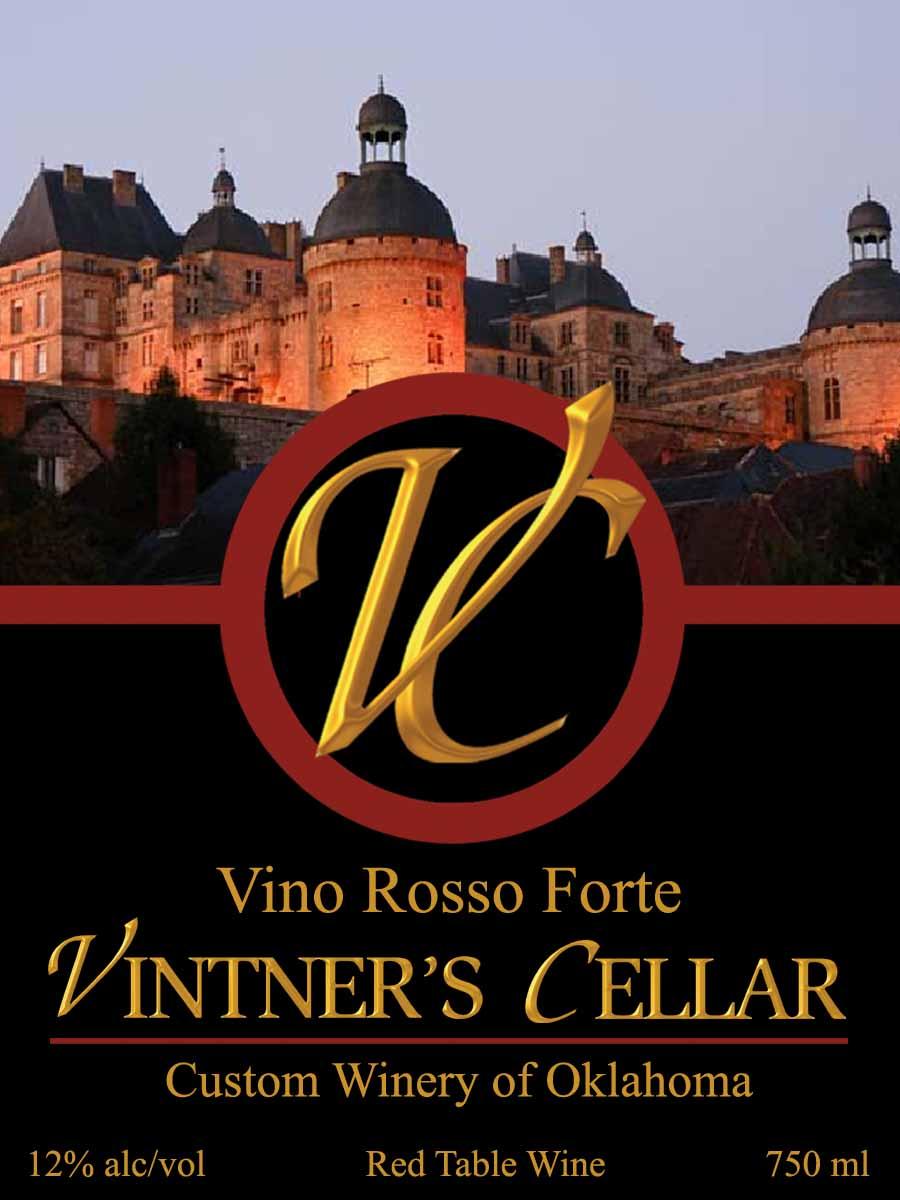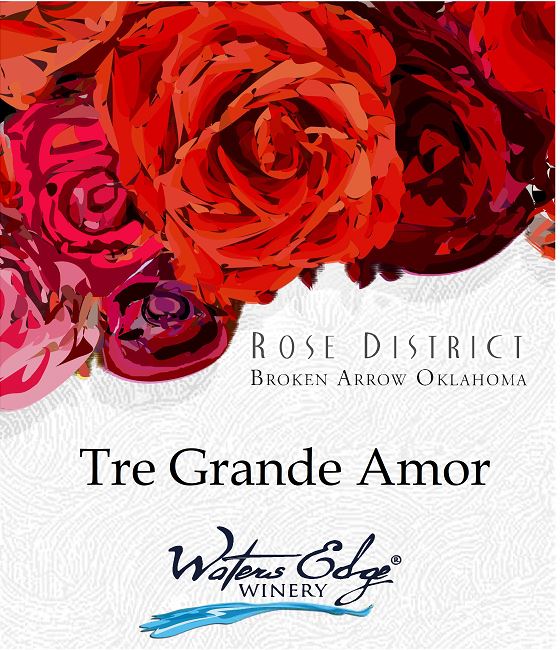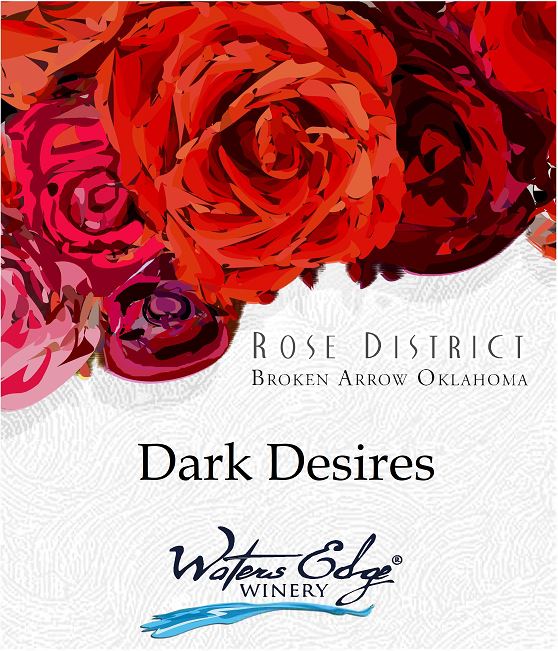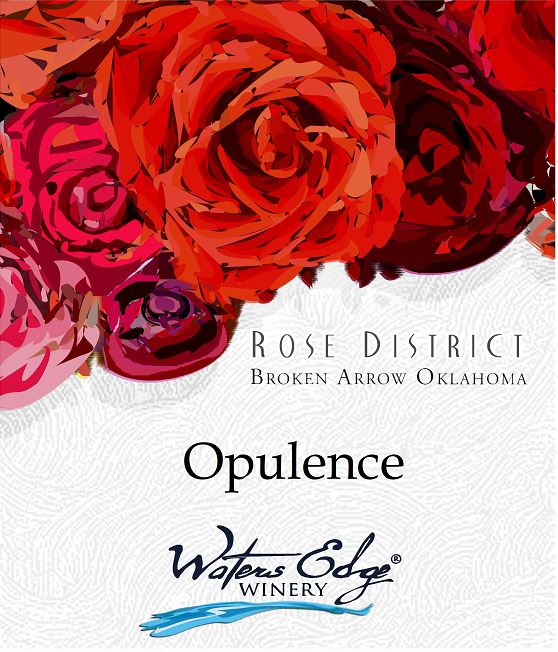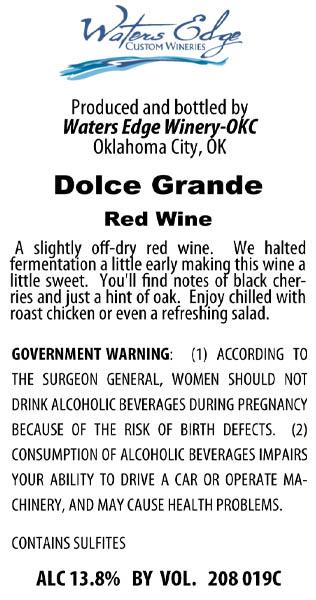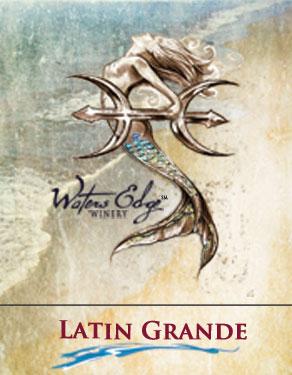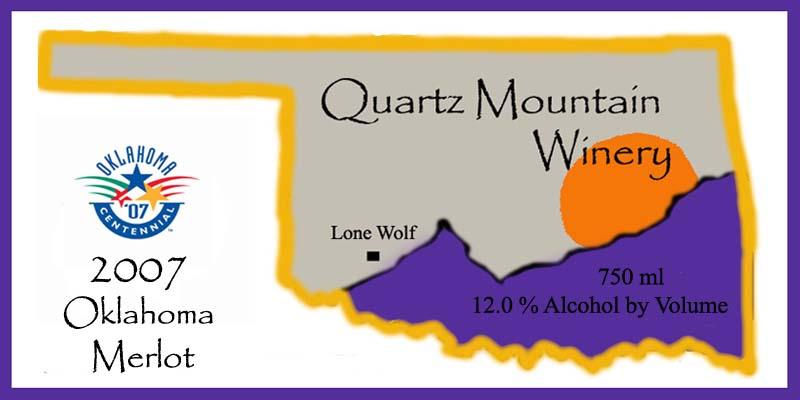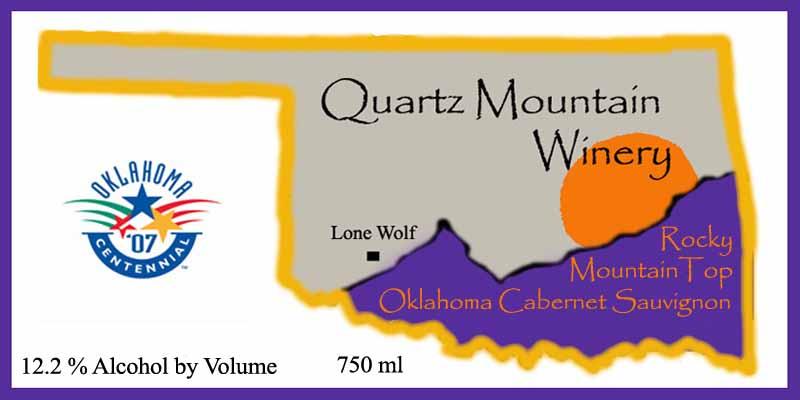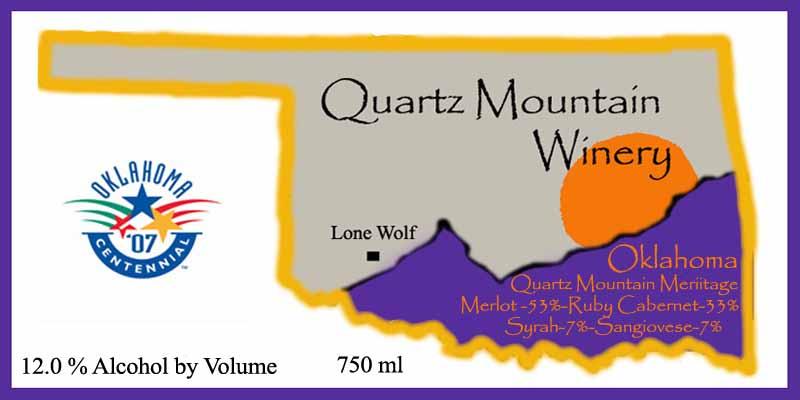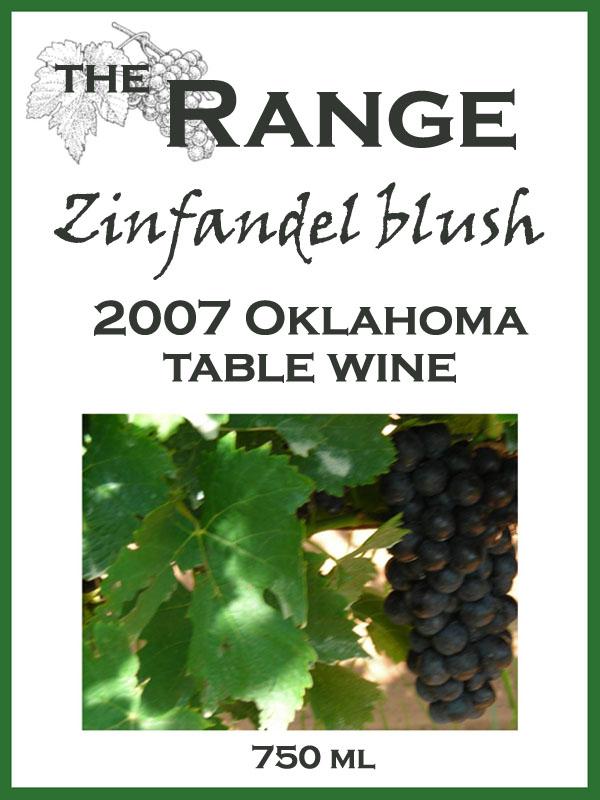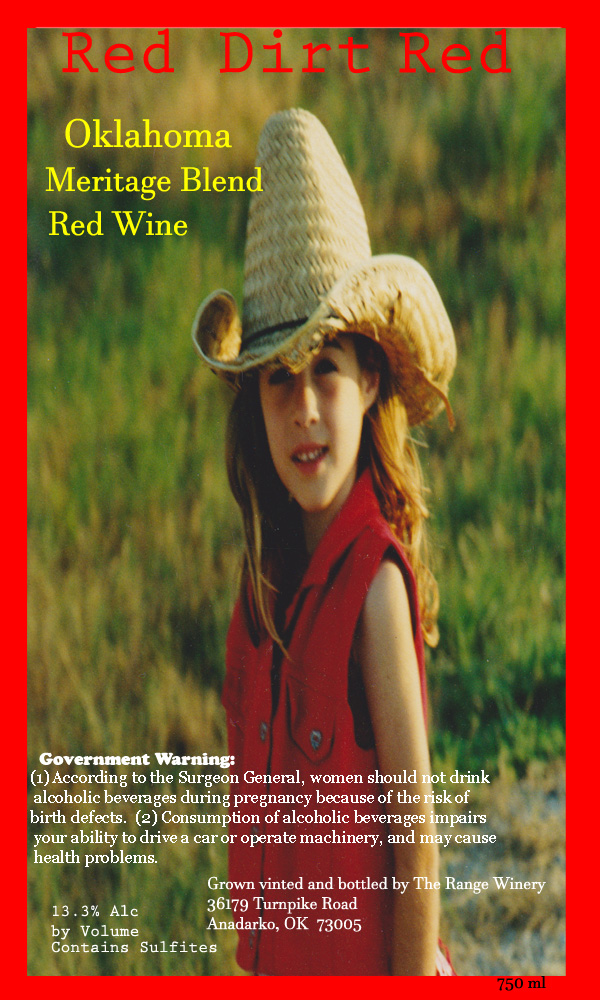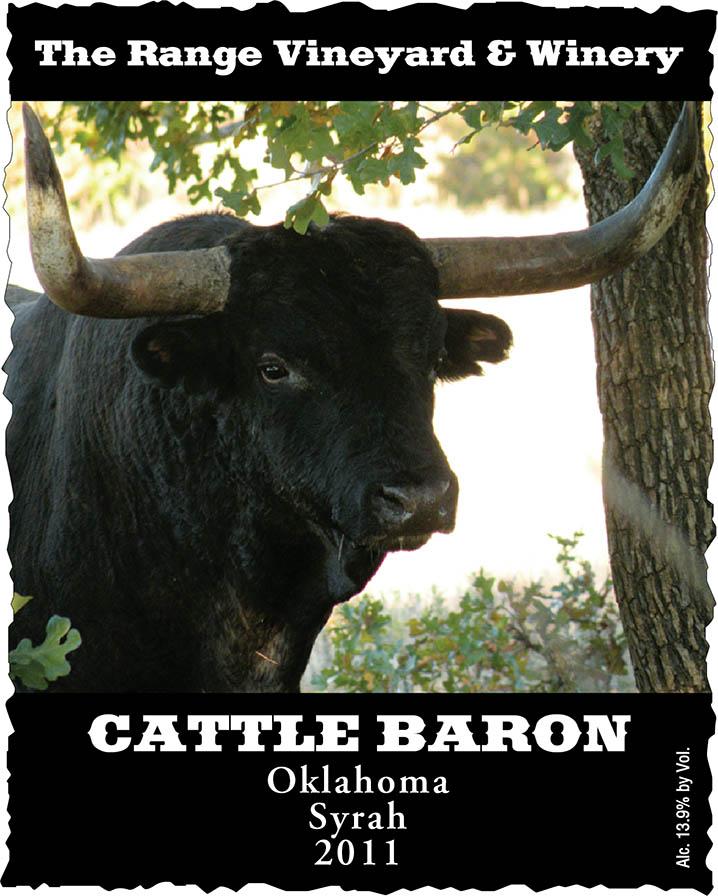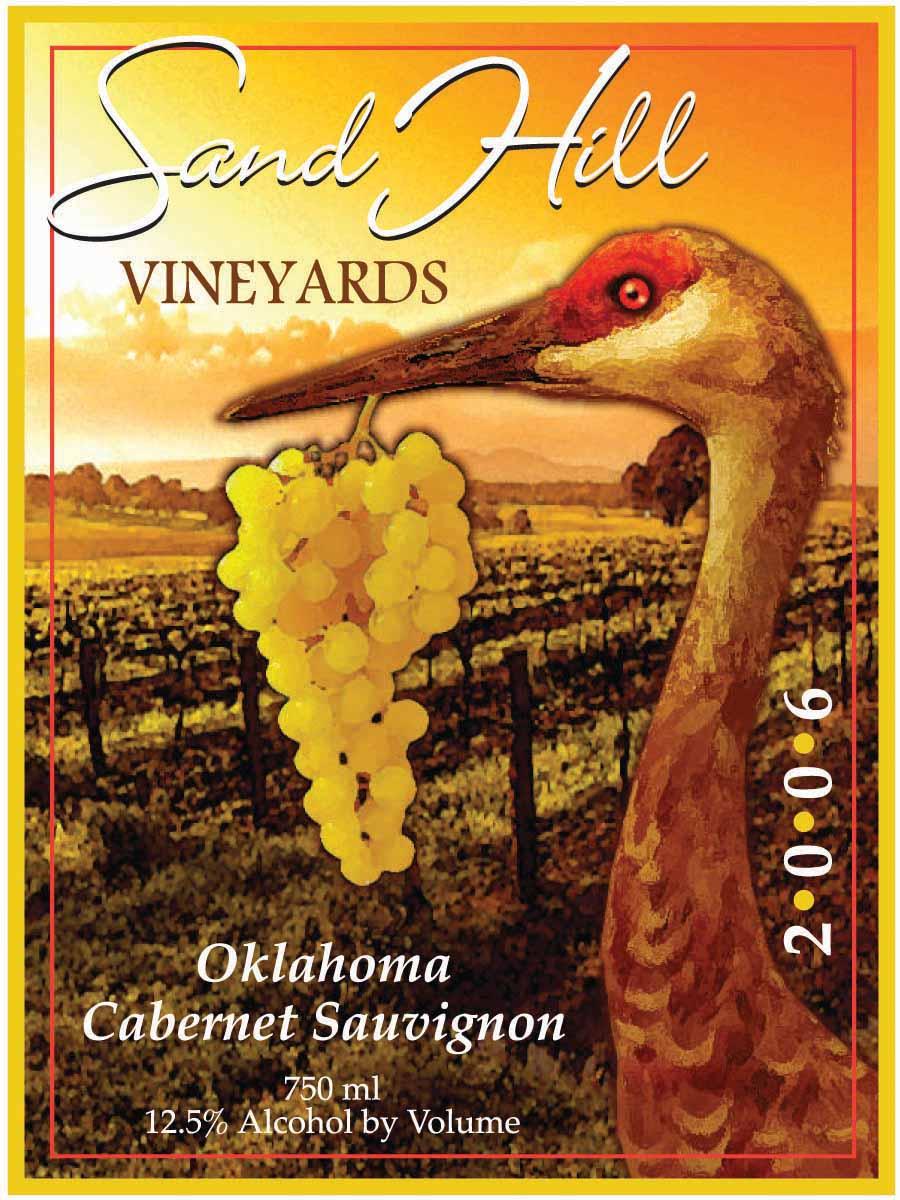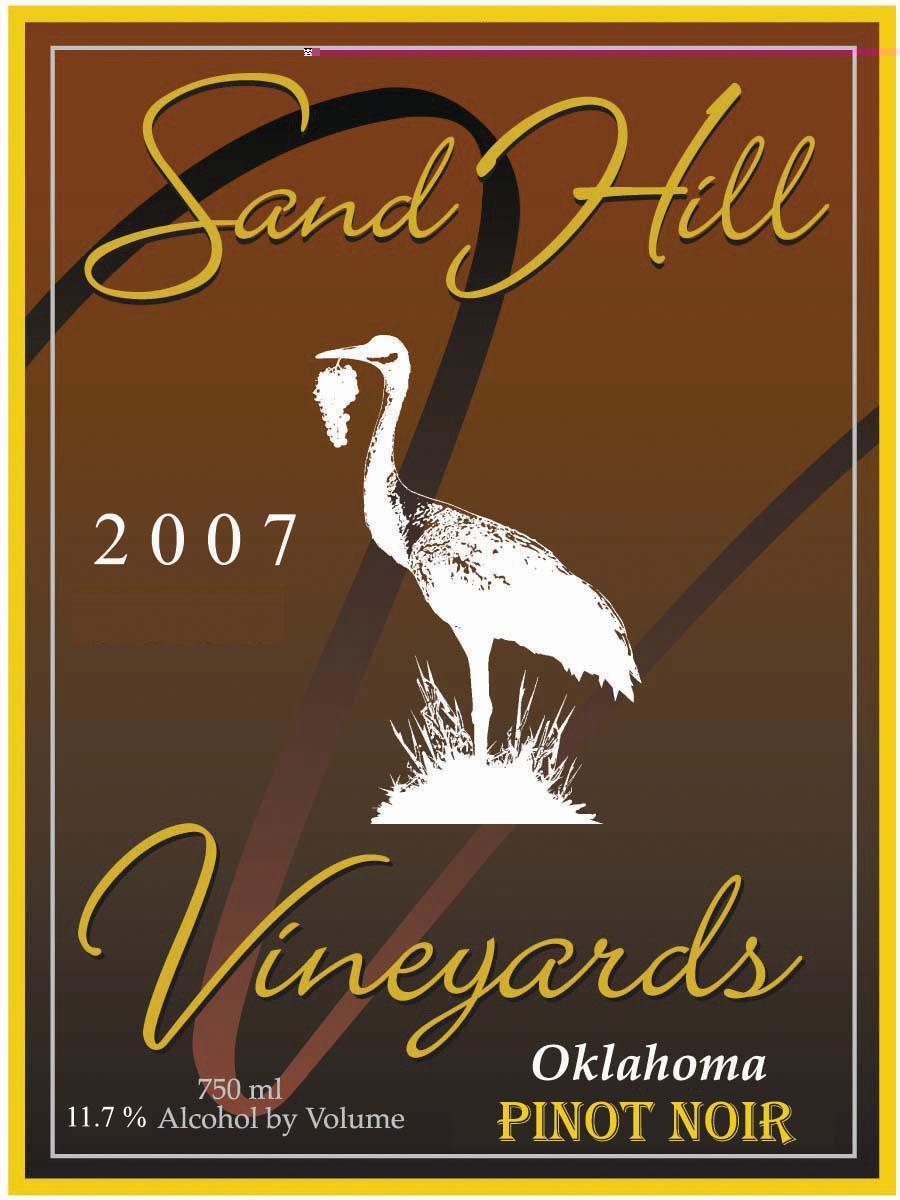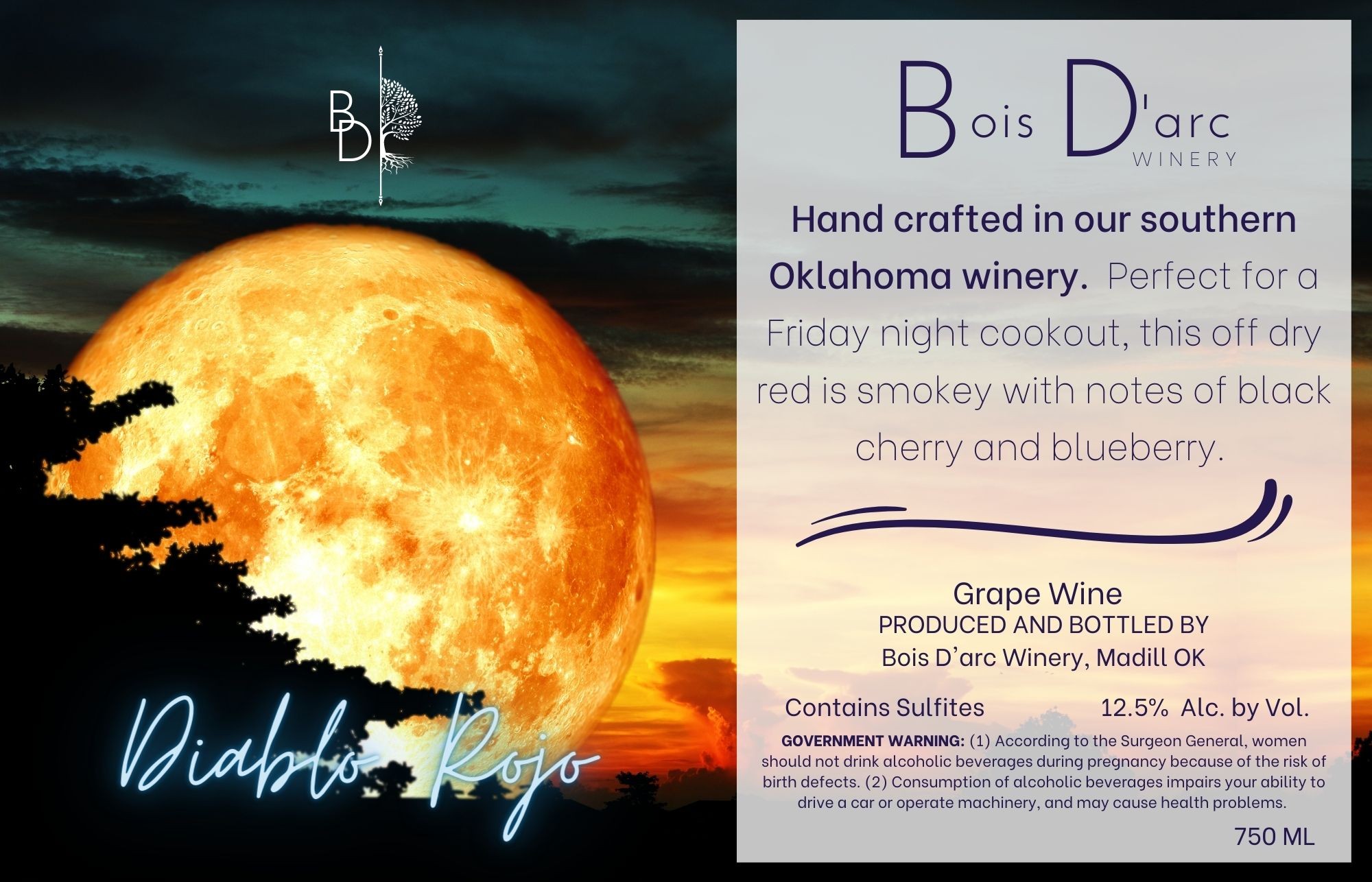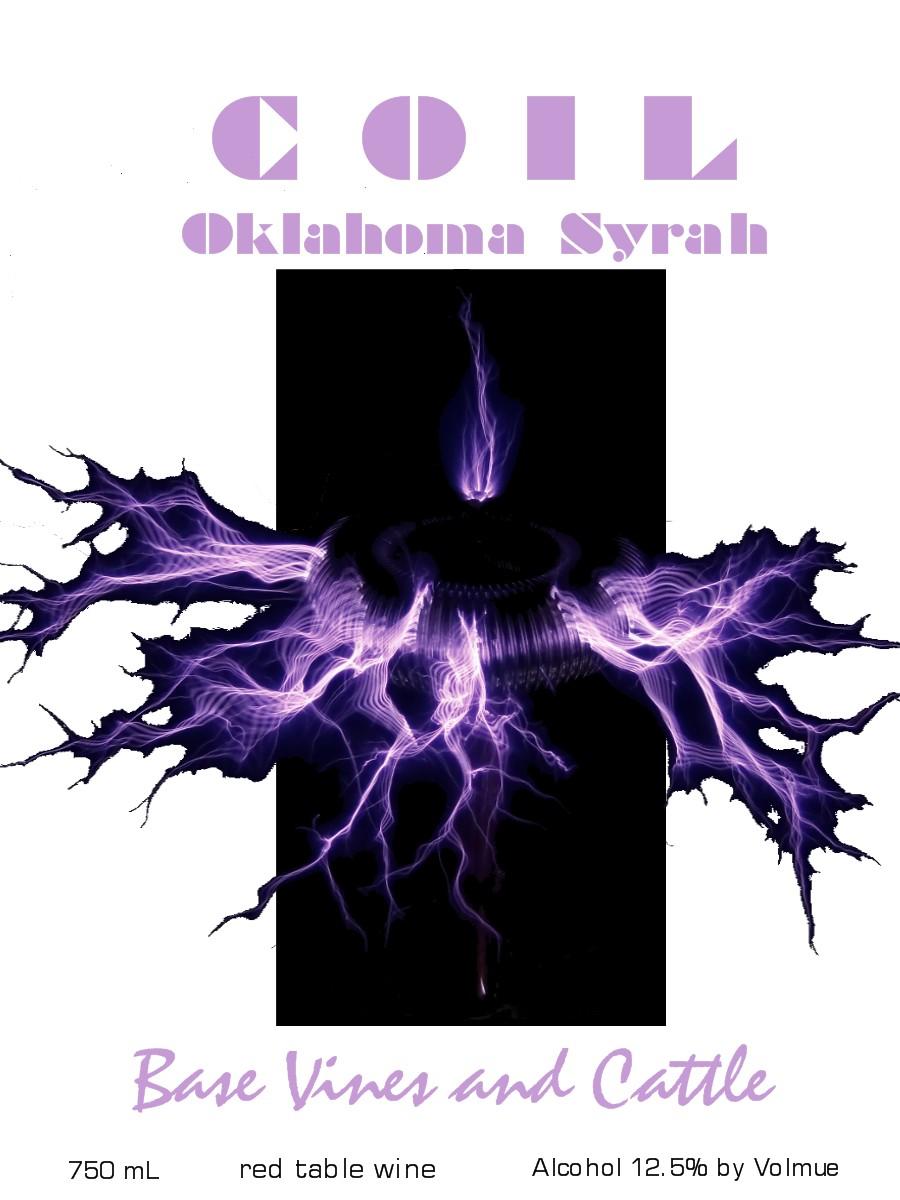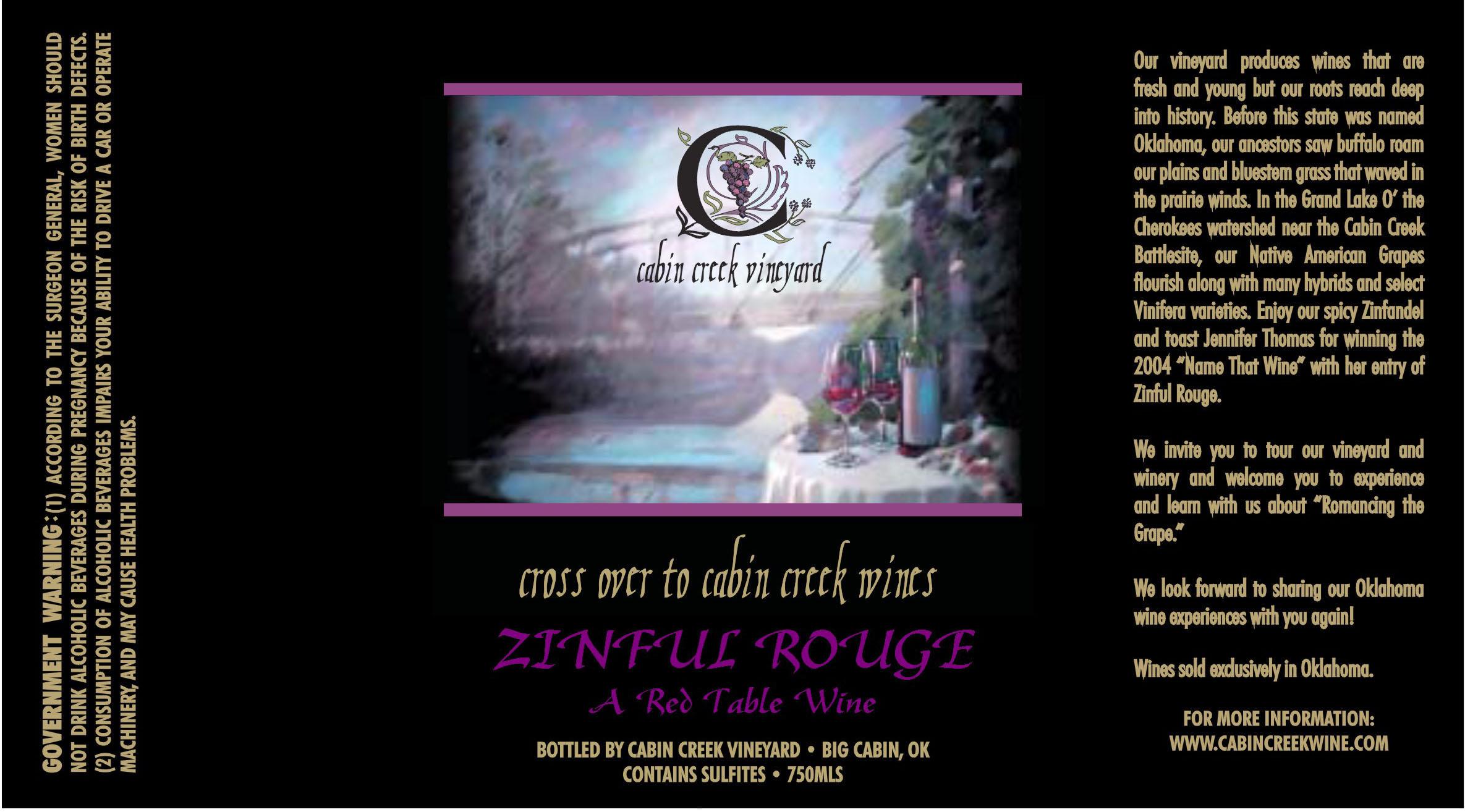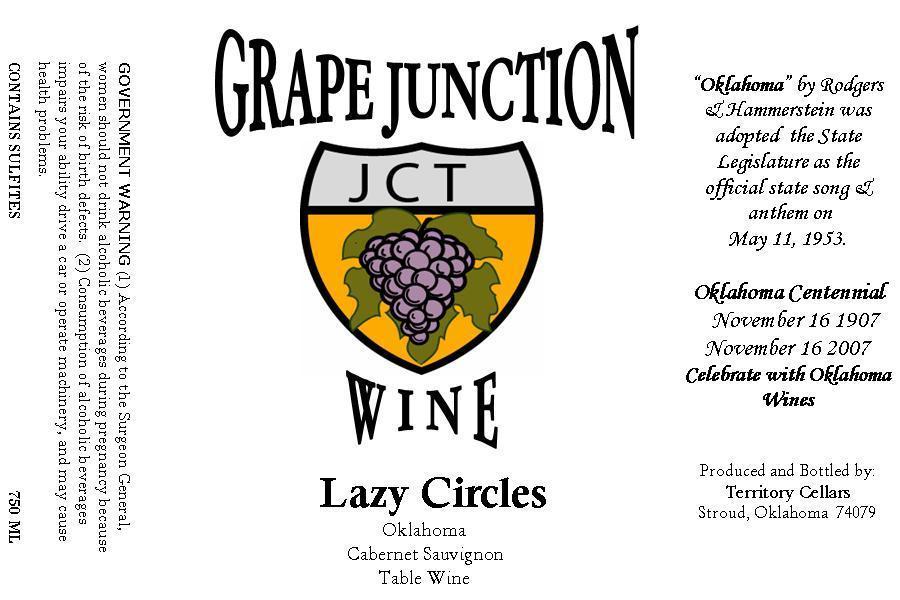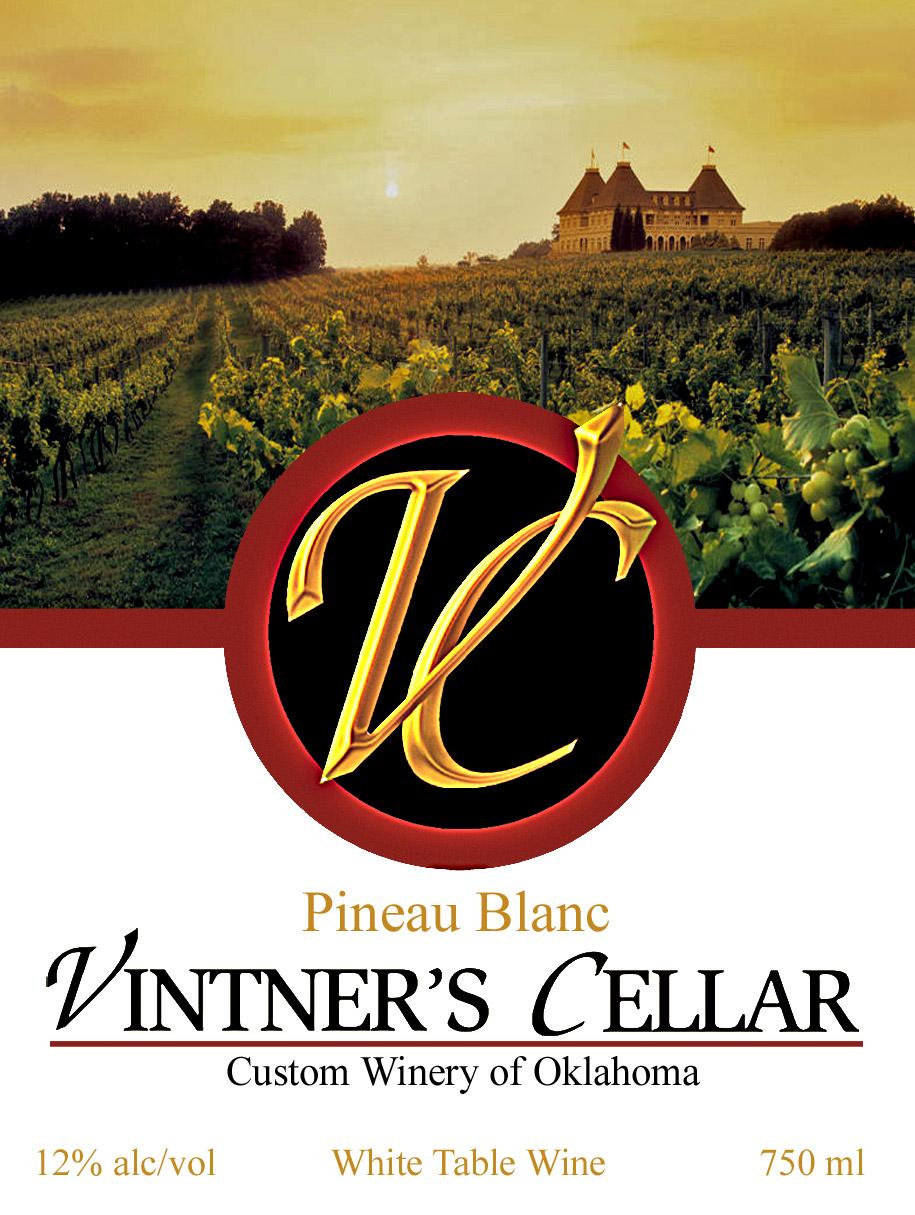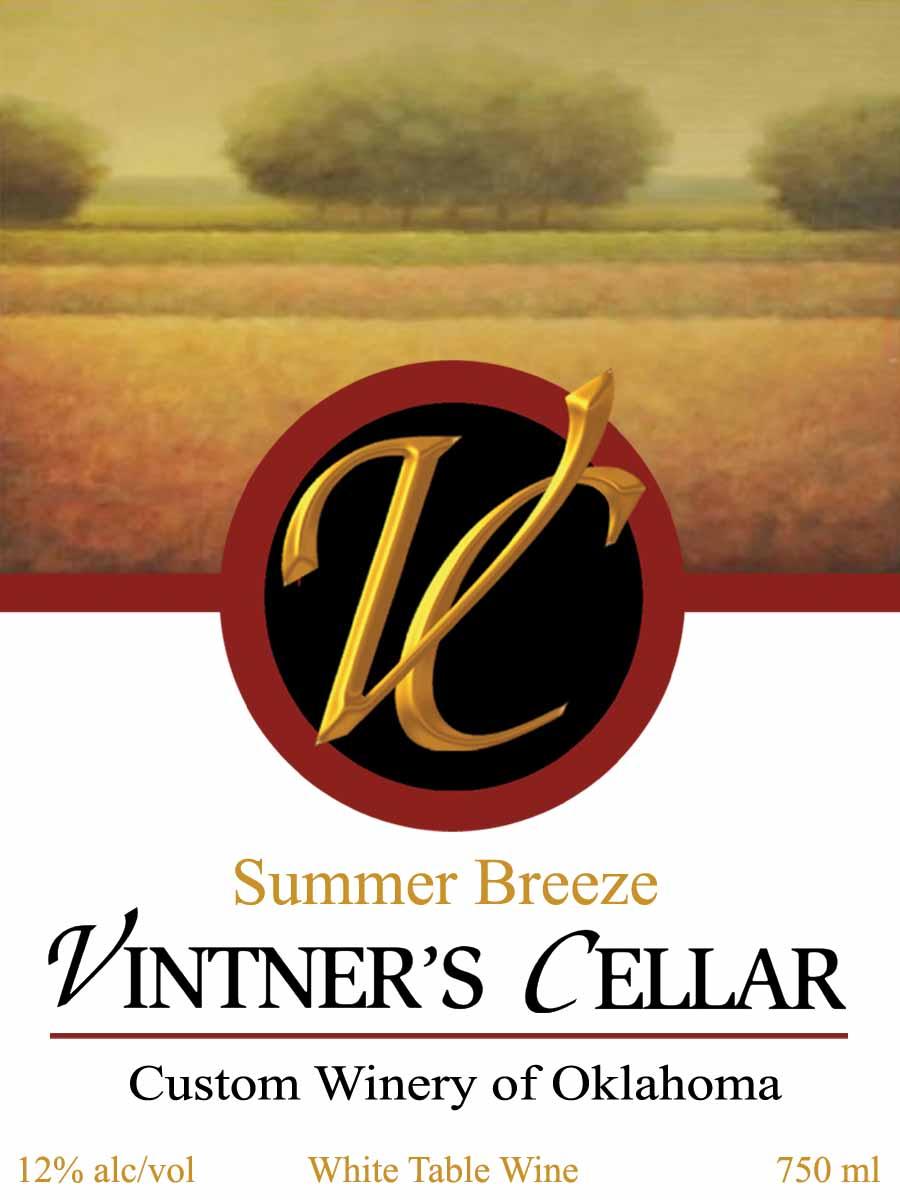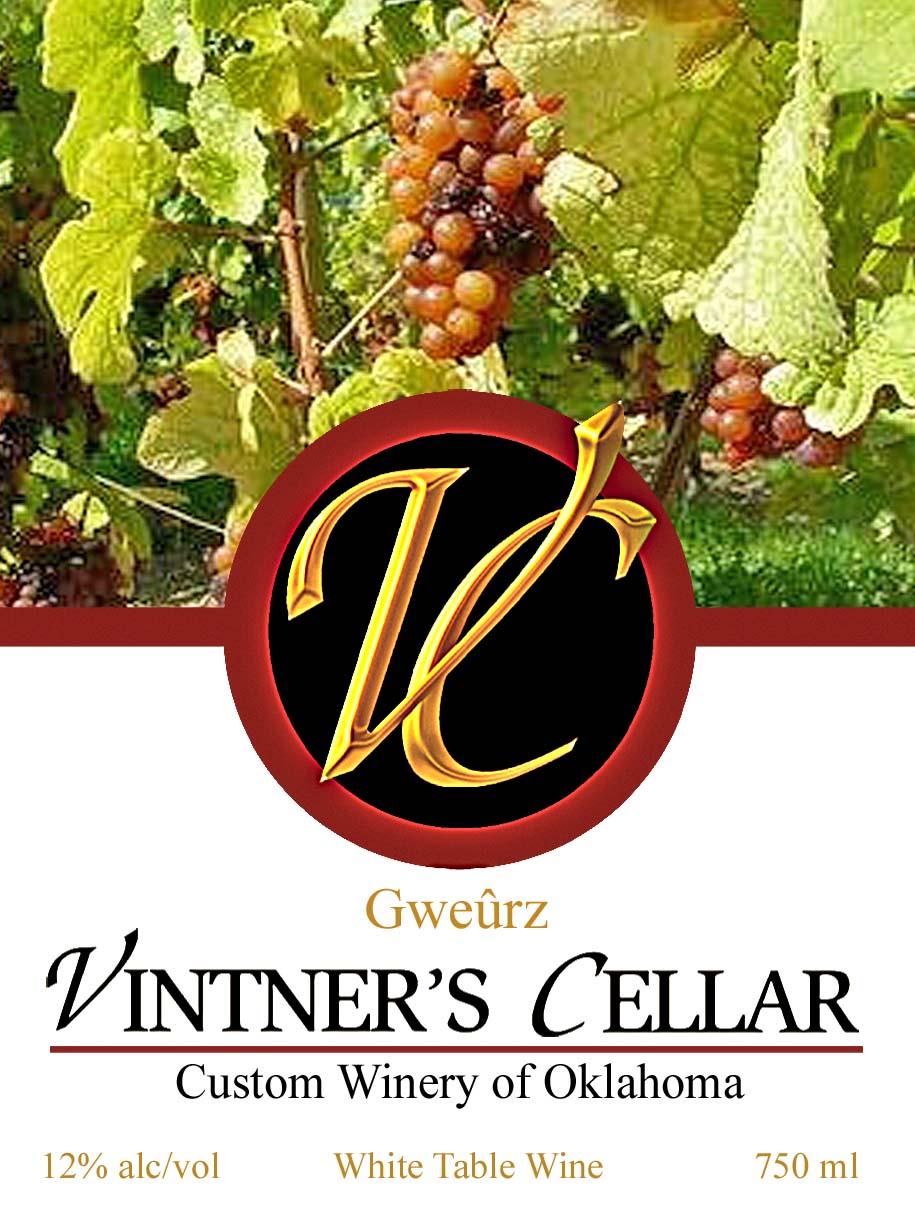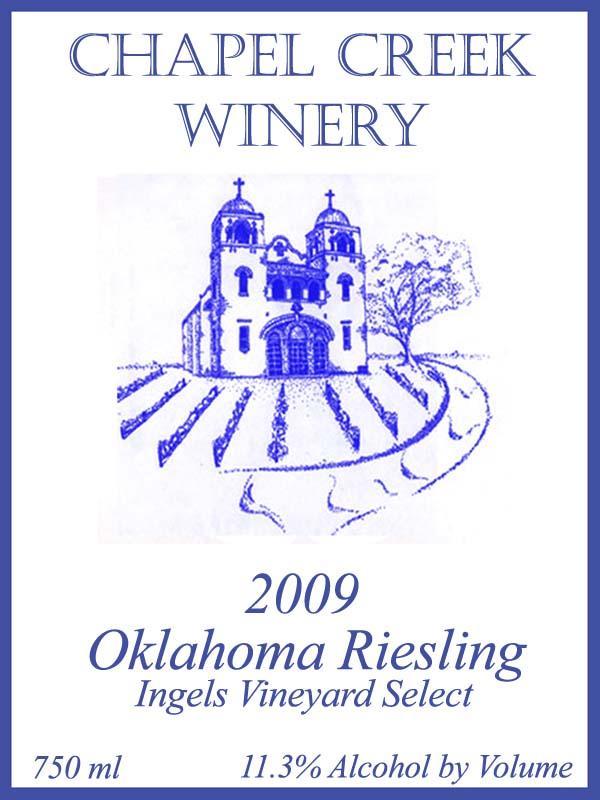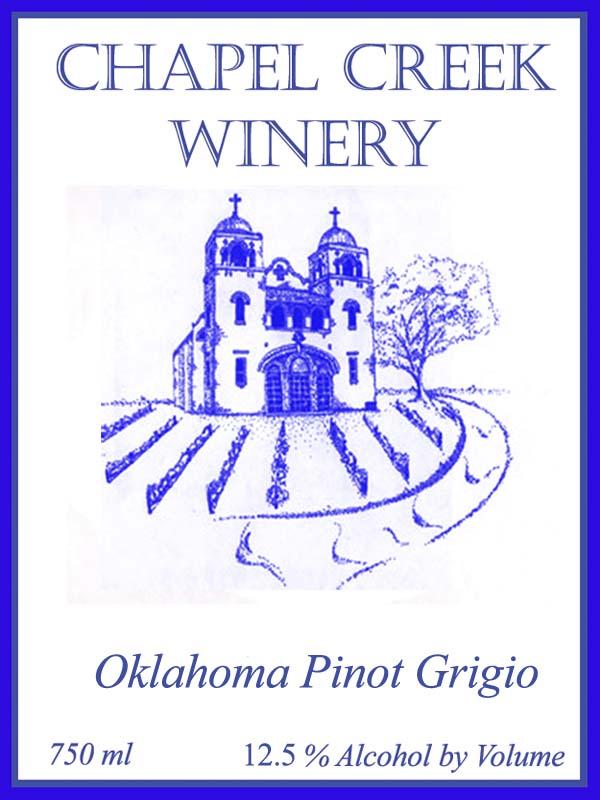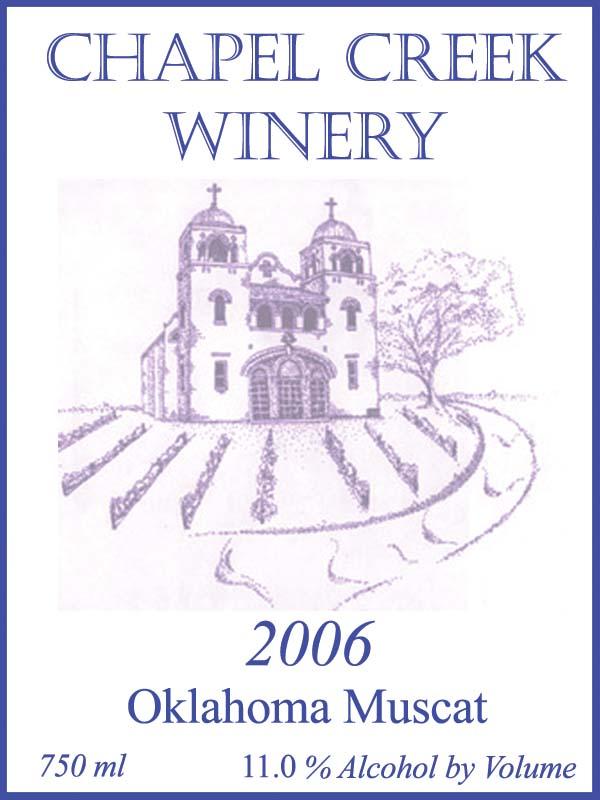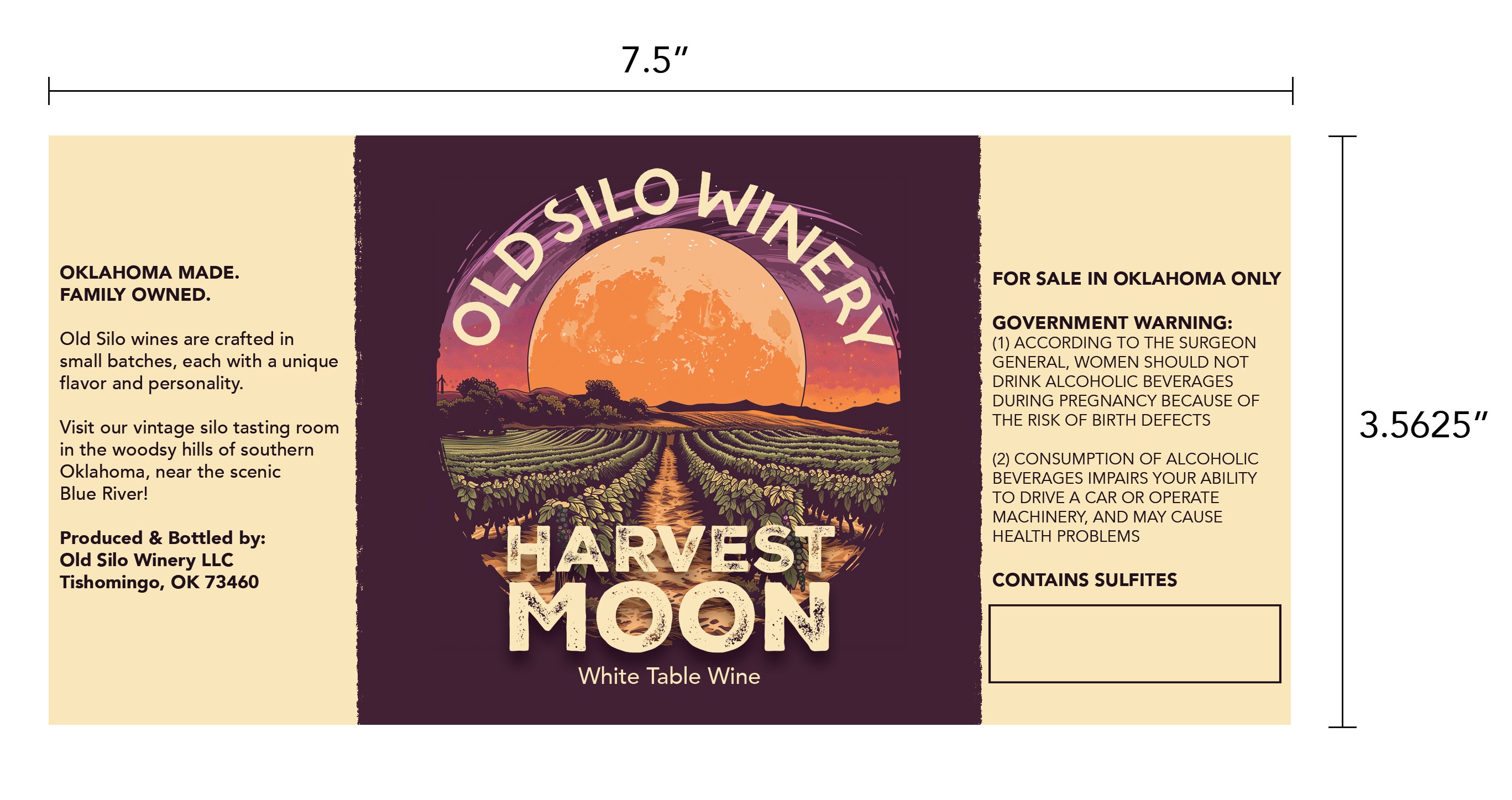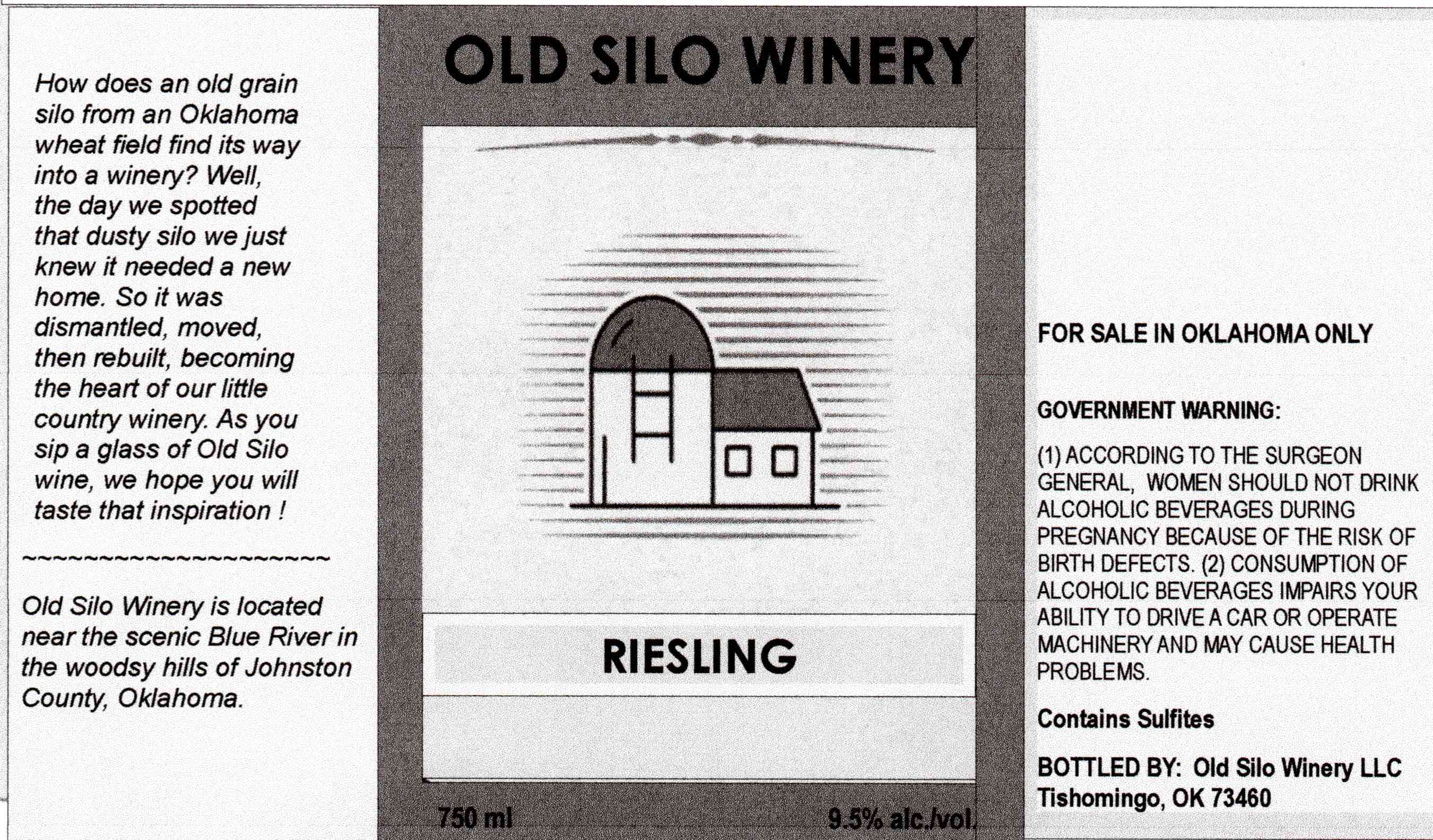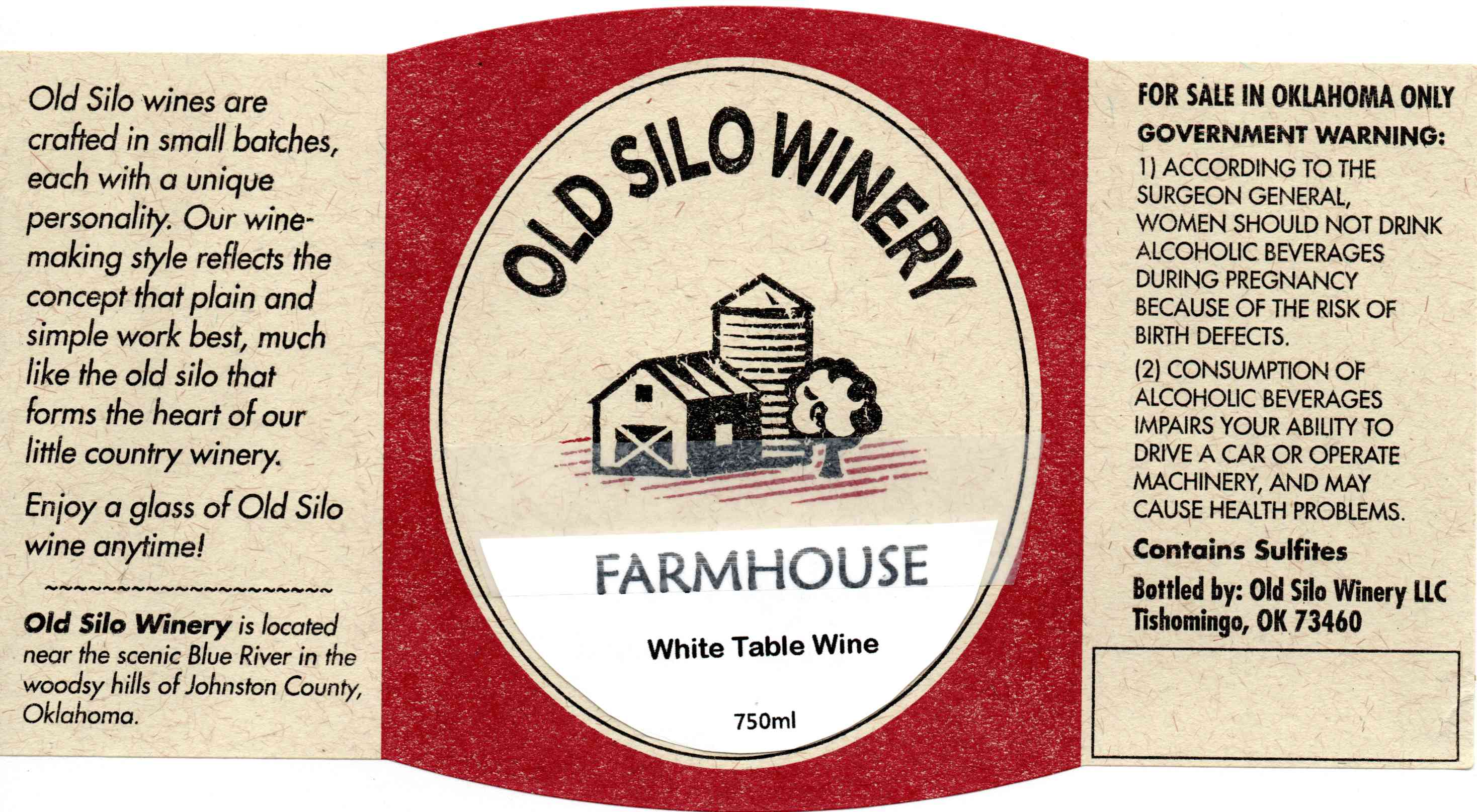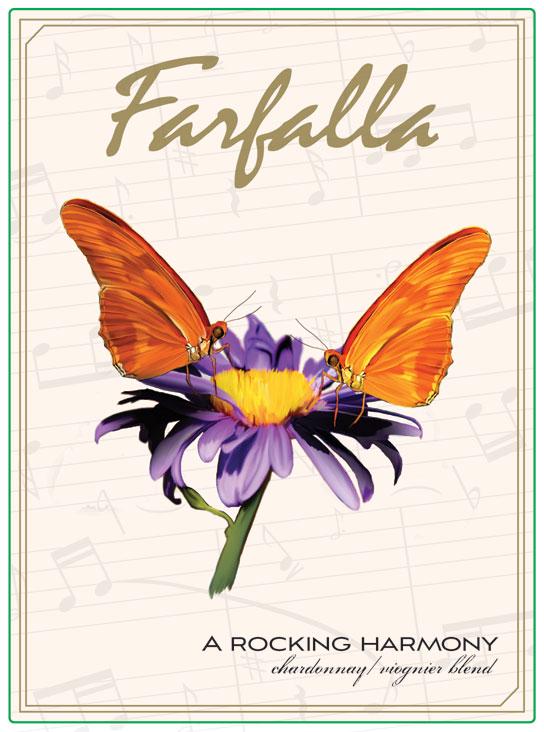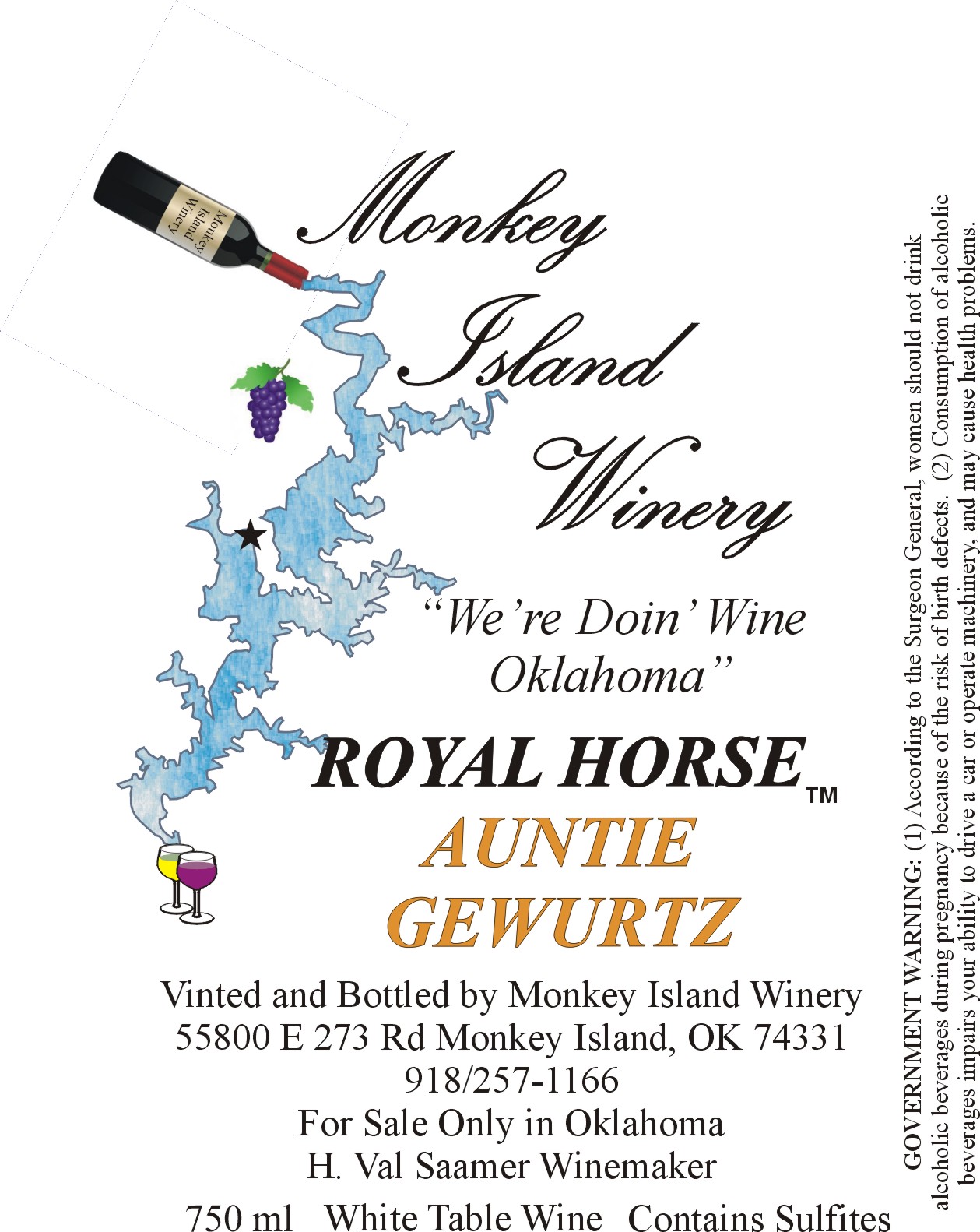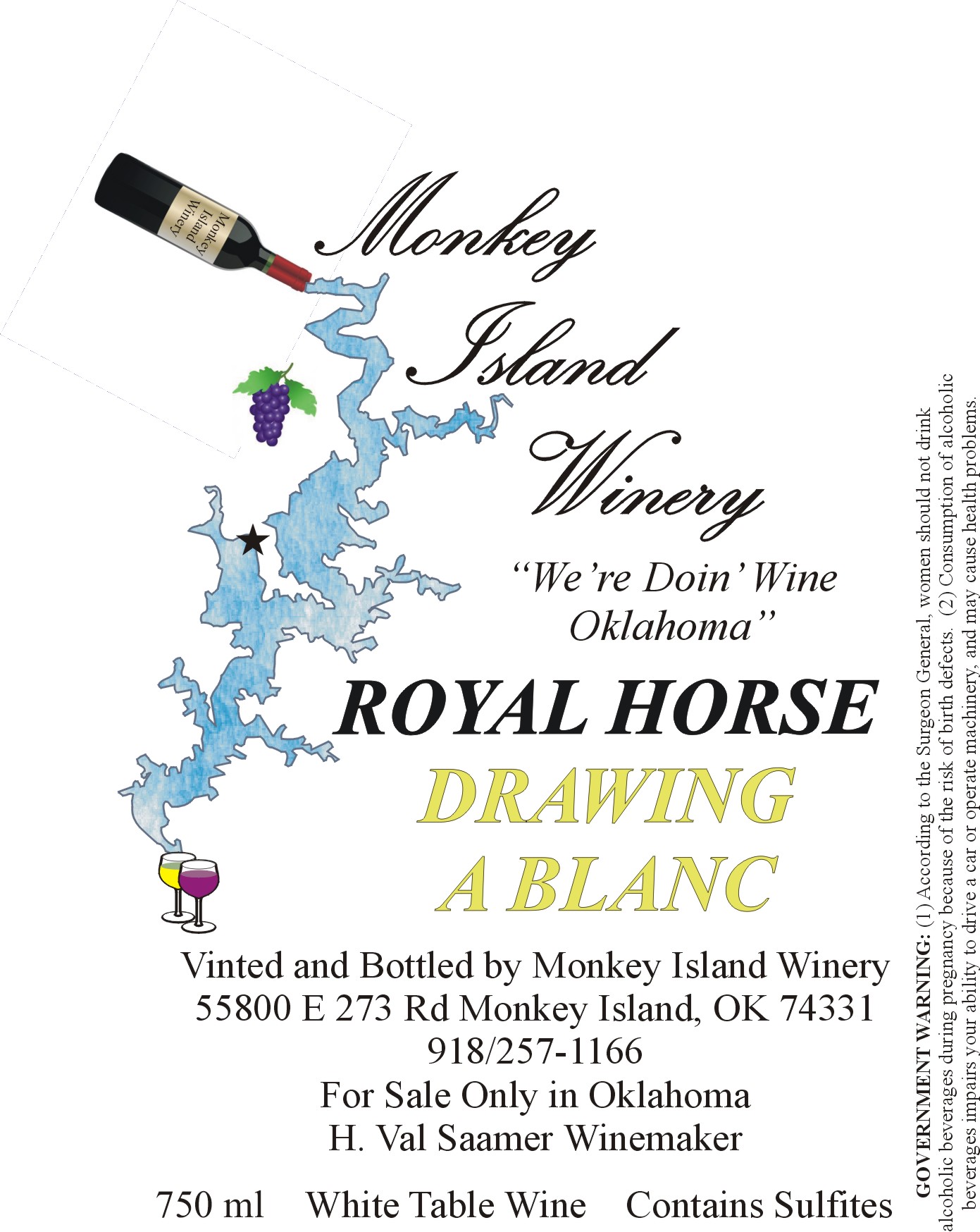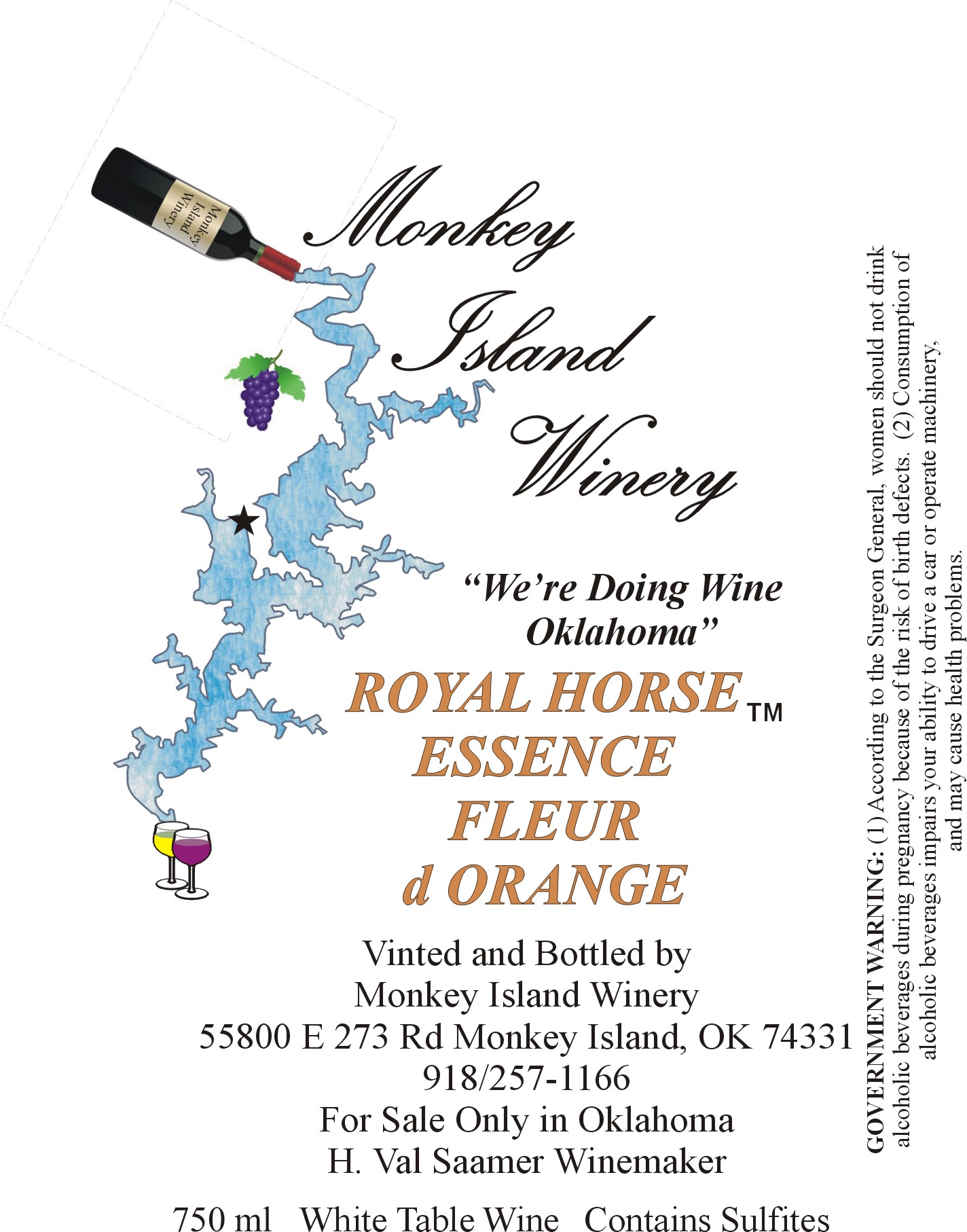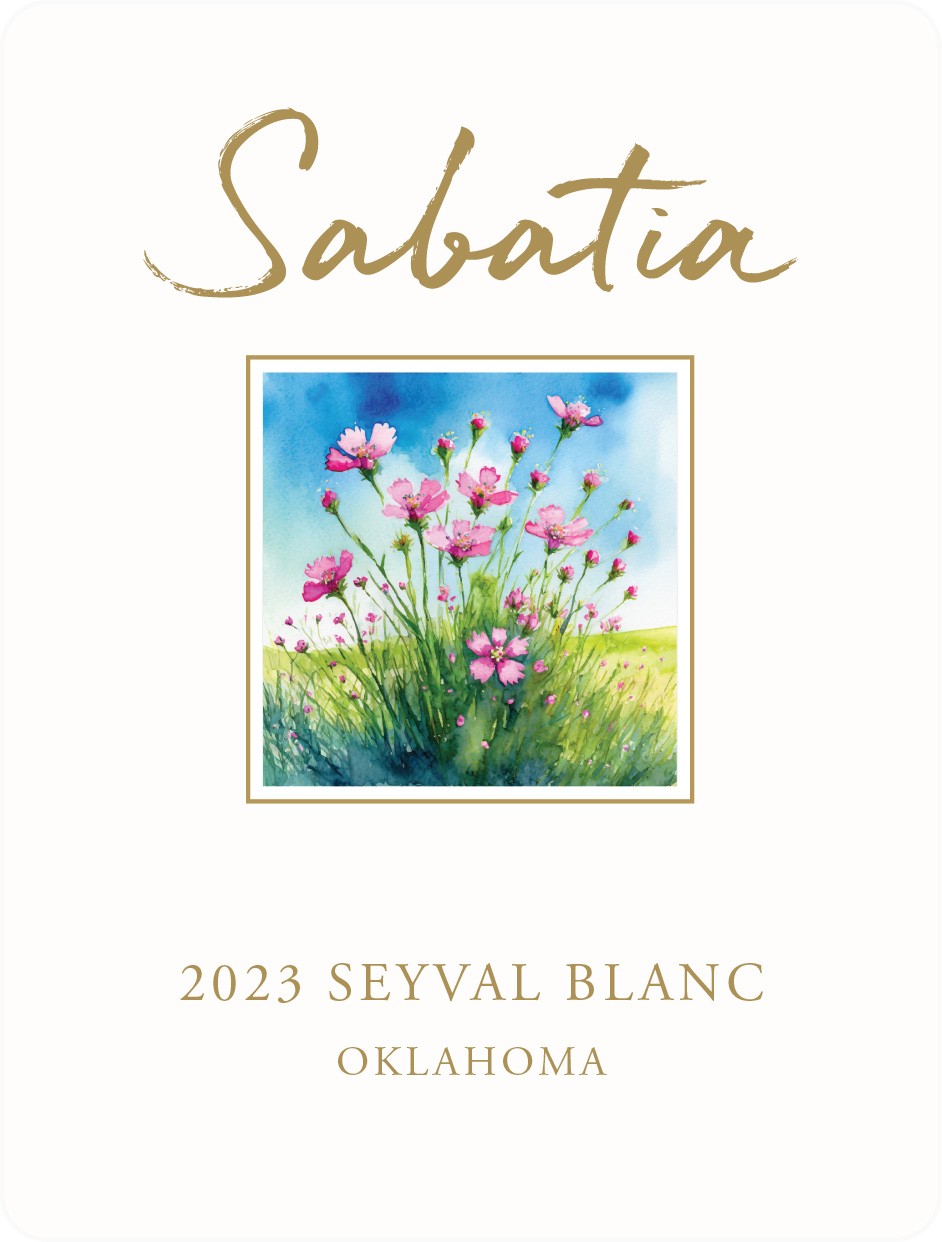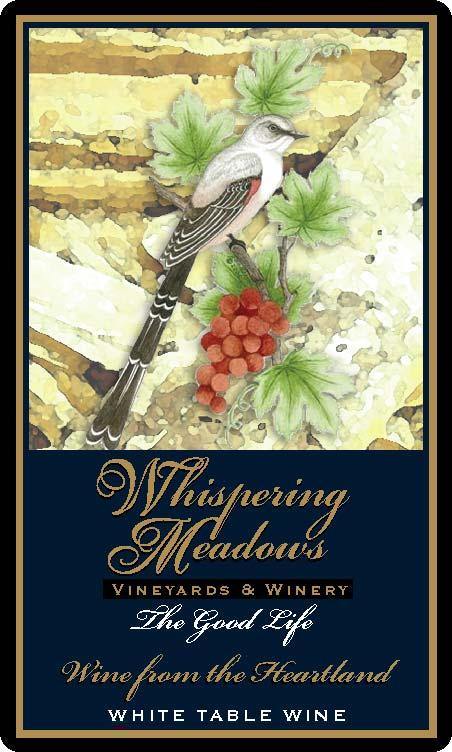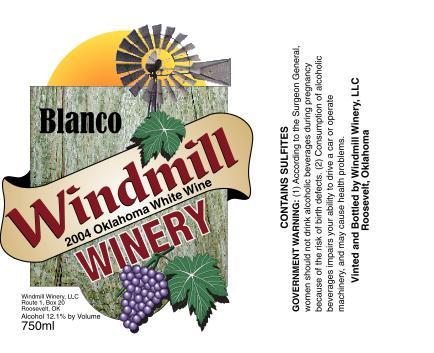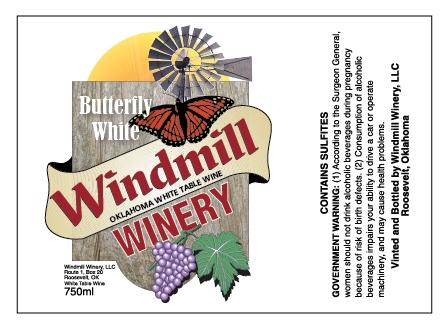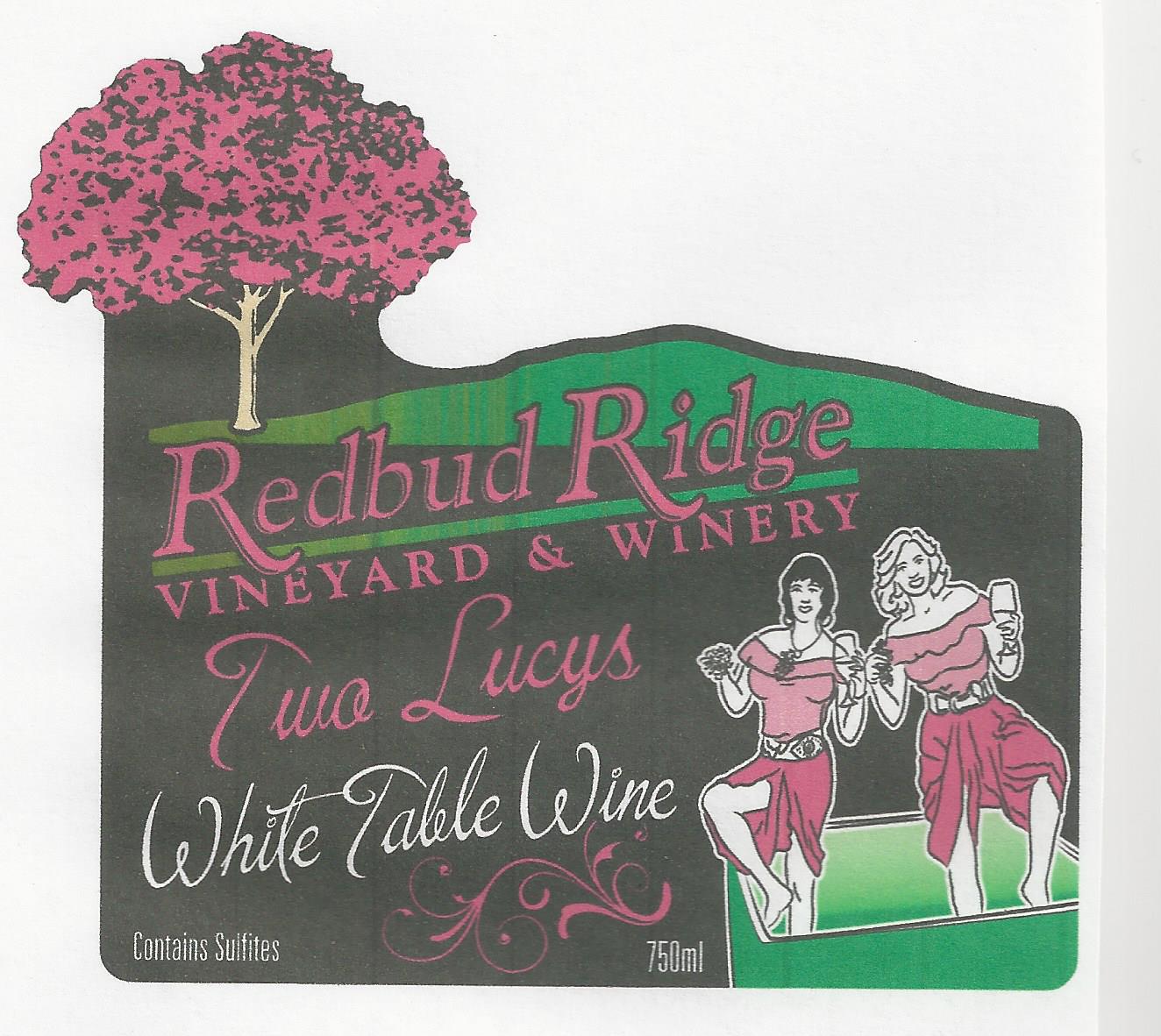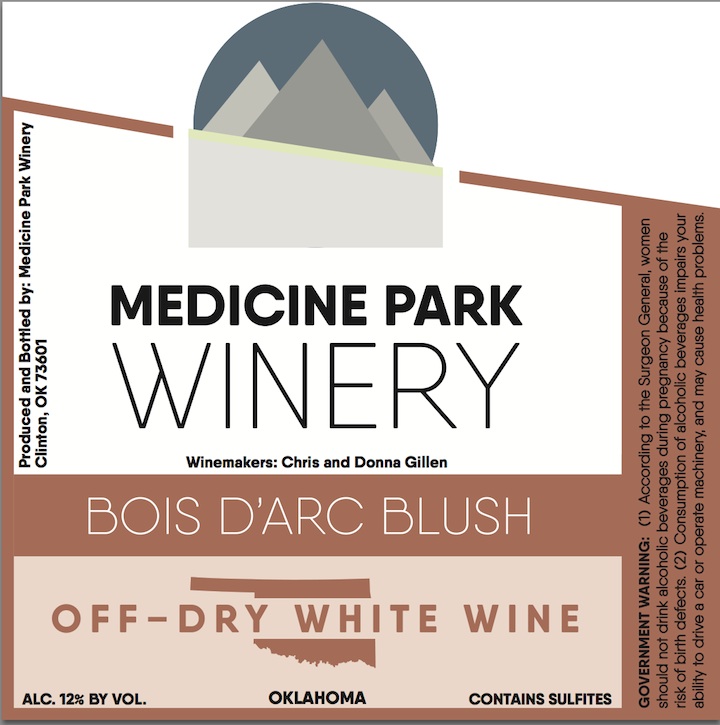Terroir of Oklahoma
Oklahoma’s terroir is a complex blend of challenging climate and varied landscapes. Nestled in the Great Plains, the state endures a volatile continental climate with scorching summers and frigid winters. The long growing season, stretching into October, allows for quick grape ripening, though maintaining acidity is a challenge without cool nights.
The state’s soils range from heavy clay to sandy loam and rocky soils, impacting drainage and vine health. Vineyards thrive in well-drained, elevated sites to combat the risk of fungal diseases. Each sub-region—Northeast, North-Central, Central Corridor, and Southwest—presents unique conditions, necessitating careful grape variety selection. Successful vine-growing in Oklahoma hinges on resilience and adaptability, with winemakers matching specific grapes to suitable soils, ensuring only the best combinations flourish in this unpredictable environment.
Notable Wineries in Oklahoma
Oklahoma may not be the first place that comes to mind for wine, but its wineries are transforming perceptions with distinctive offerings. Here are a few worth noting:
-
Cimarron Cellars: The oldest post-Prohibition winery in Oklahoma, making estate reds and whites.
-
Summerside Vineyards & Winery: Offers a charming Route 66 experience with their popular Chambourcin wines.
-
StableRidge Vineyards: Known for small-batch Syrah and Chenin Blanc, ideal for travelers along Route 66.
-
Stone Bluff Cellars: Celebrated for Chambourcin reds and a scenic rural setting near Tulsa.
-
Girls Gone Wine: A lively boutique winery in Broken Bow, offering sweet to semi-dry wines.
These wineries, each with their unique flair, are putting Oklahoma on the map as a promising wine destination.
Sustainable Winemaking in Oklahoma
Oklahoma winemakers are embracing sustainability to navigate the state's demanding climate. With scarce water and frequent droughts, vineyards use drip irrigation and smart water management to conserve moisture, crucial during below-average rainfall. Cover crops and mulches are common, enhancing soil health and reducing erosion, especially in the prevalent clay soils that benefit from improved drainage.
Growers focus on disease-resistant grape varieties like Chambourcin and Norton to minimize chemical use. Oklahoma State University supports this effort by developing new hybrids that withstand regional stresses. Integrated pest management further reduces chemical reliance, while some wineries explore organic practices despite certification challenges. In the winery, recycling wash water and using eco-friendly packaging are standard, reflecting a strong commitment to land stewardship and eco-friendly practices.
Wine Tourism in Oklahoma
Oklahoma's wine tourism is gaining momentum, with more than 60 wineries offering diverse experiences across the state. Visitors can explore wine trails like the iconic Route 66, featuring stops at StableRidge and Summerside. In the Green Country region near Tulsa, clusters of wineries make for perfect weekend adventures, while the Broken Bow area adds a wine twist to lake trips.
Many of these establishments are small, family-owned operations, where guests enjoy personal experiences such as vineyard tours and cellar visits. Oklahoma wineries also host agritourism events like grape-stomping festivals and wine and music nights, showcasing local culture. With unique wines and welcoming vintners, Oklahoma's wine scene blends southern hospitality with the spirit of exploration, making it an intriguing destination for wine enthusiasts.



